How to Make Food Less Spicy, Plus Other Tricks to Quickly Fix a Dish
Cooking mistakes and dilemmas are bound to happen anytime, even with professional chefs. Sometimes, you end up adding a tablespoon of hot sauce instead of a teaspoon, or you add a fresh batch of chili instead of dried ones, and your dish ends up way too spicy. So before you throw all your hard work away, try some tips provided by 5-Minute Crafts to simmer down the spice levels of your food.
1. Use dairy products.
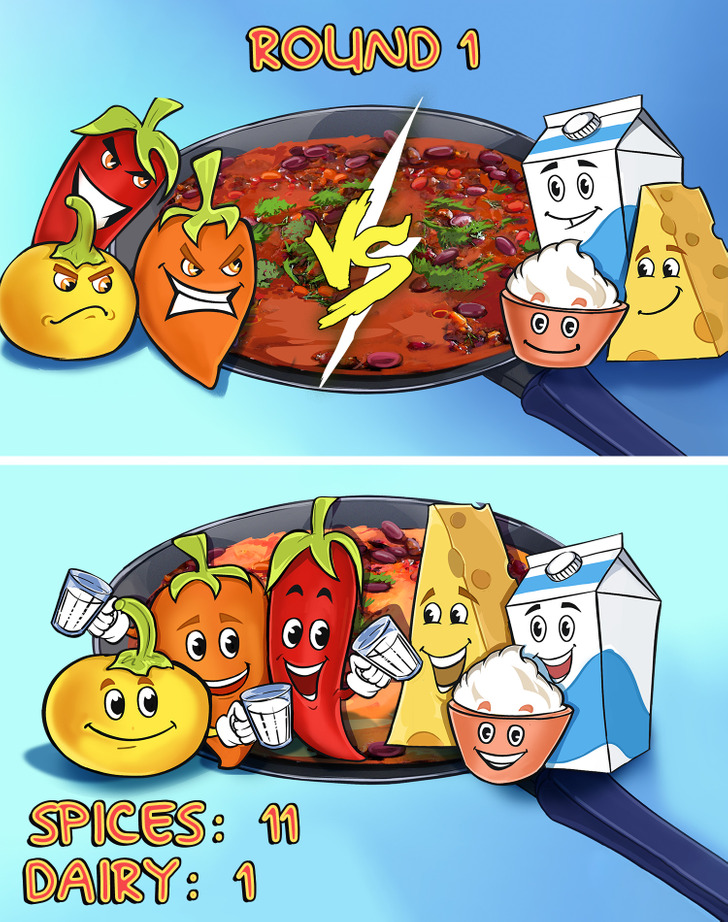
Dairy can have a nice cooling effect to food. Plus, it neutralizes the burn caused by chili. You can try adding milk, sour cream, a dollop of plain yogurt, butter, or ghee. But know that the dairy may curdle when cooked over high heat, so beware when using these products to make the food less spicy.
- You can also try coconut milk as it makes the dishes creamier, a huge plus for Asian flavors.
If your dish doesn’t favor having milk, then try shredding some cheese on top.
2. Try adding something acidic.
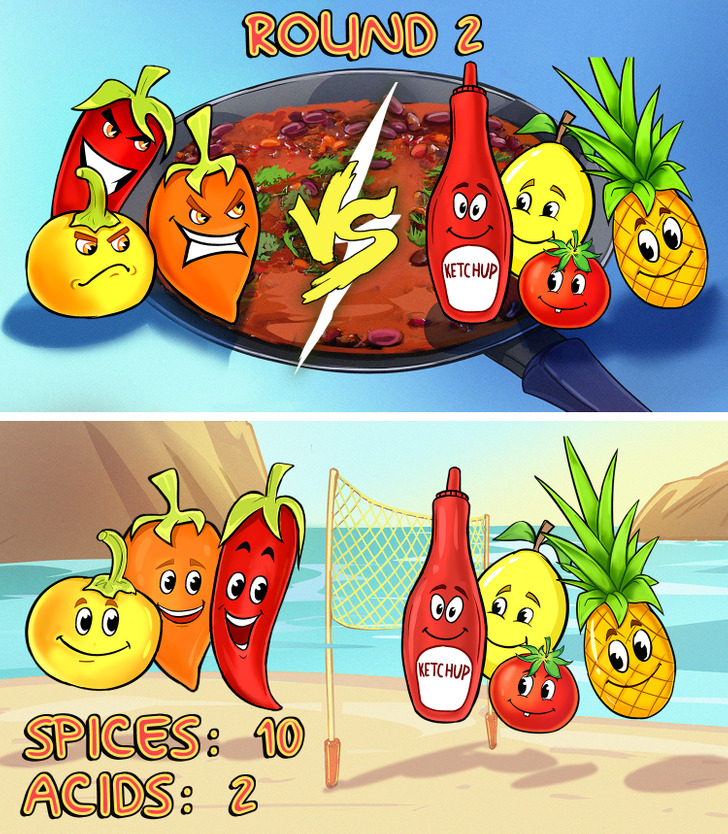
This method is famously used in Thai cuisine. The trick is to use citrus acid, vinegar, or ketchup to counteract the spiciness. You can also chop up some tomatoes or pineapple, and add no more than 1/4 cup to your spicy dish.
3. Tame spiciness with a sweetener.
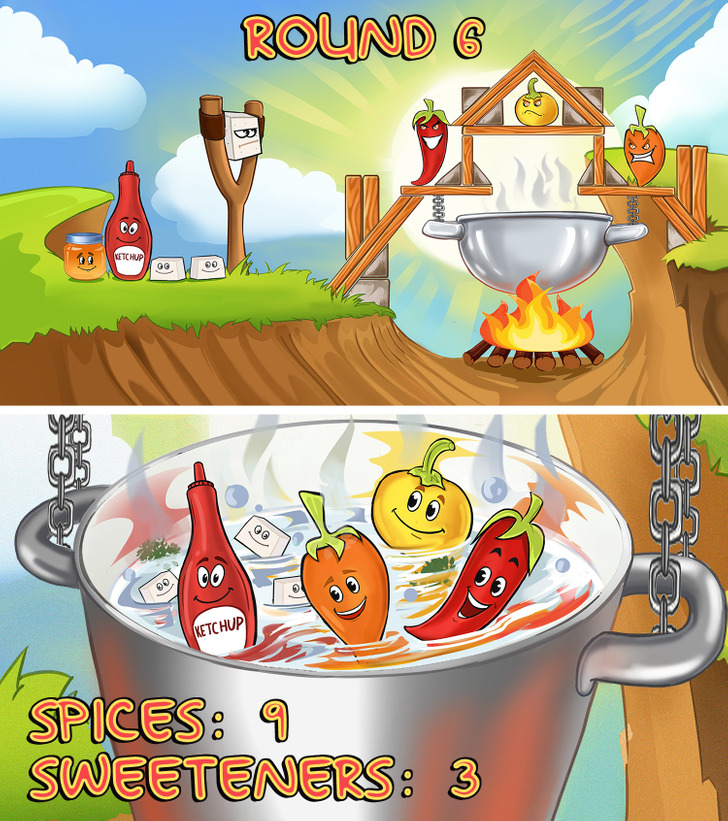
Just like dairy products or acidic ingredients add a different taste to the dish and curb its spiciness, sweeteners are another thing you can try. You can add honey, a sprinkle of sugar, or even some sweet ketchup to your spicy dishes. Just make sure not to use too much so it doesn’t end up tasting like dessert.
4. Add some nut butter.
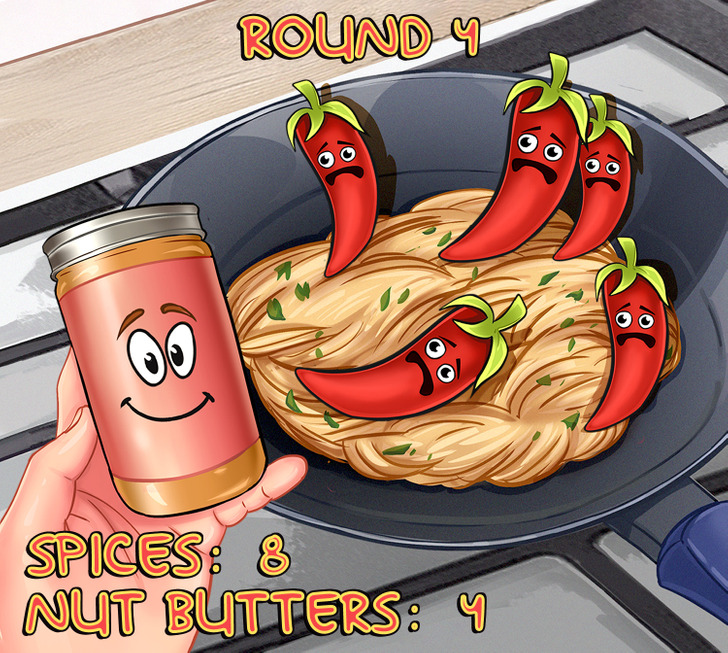
Another trick is to add a spoonful of nut butter, such as almond butter, peanut butter, or even tahini. Just make sure that the flavors are compatible. This tip can be applied to Asian noodle dishes like pad thai, soups, and stews as well. The fat content present in nut butter helps in bringing down the spicy flames.
- Avoid this step if you have nut allergies.
5. Serve the spicy dish with bland and starchy food.
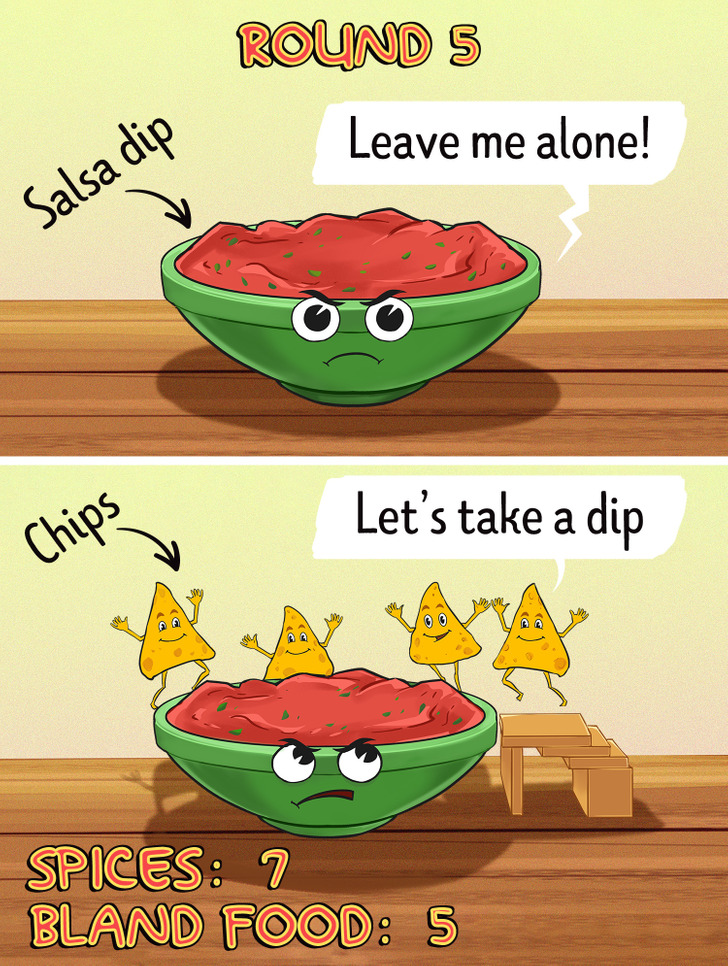
Sometimes your spicy dish can taste too perfect, so you won’t want to simmer the seasonings down. In this case, you can serve the dish with something bland and starchy, like rice, potatoes, pasta, crusty bread, couscous, quinoa, etc. Such foods help in counteracting spiciness and give a pleasant effect when combined with spicy dishes. This is why chips are eaten with salsa or spicy burritos come with a bland tortilla shell to handle the spiciness well.
6. Add more ingredients to balance the flavors.
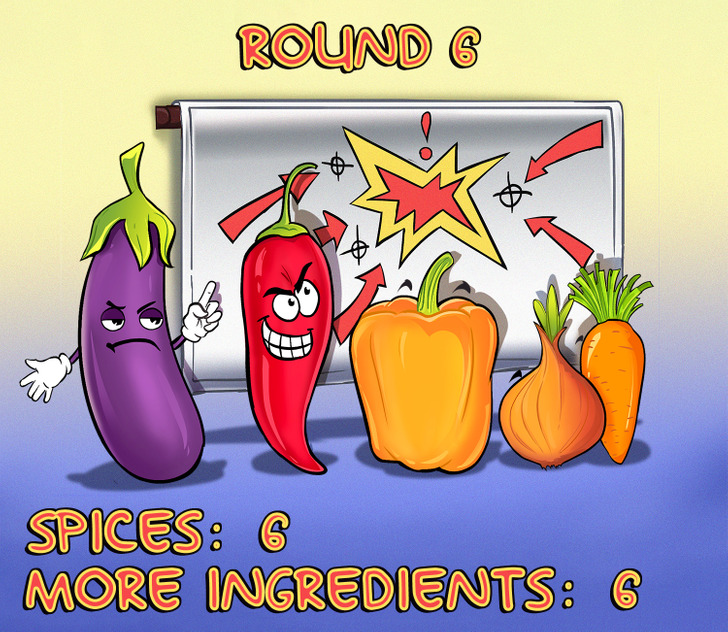
If you don’t have any of the ingredients above but you have more of the recipe’s ingredients on hand, then toss them in. They lessen the spicy element in your dish. If you wish to improvise, you can also add an additional ingredient that can help in diffusing the flames. Try adding stuff like vegetables, broth, canned beans, corn, cooked rice, protein, starches, or winter squash.
Things to consider next time...

- Add spices in smaller amounts, and keep tasting the dish while it’s cooking. Treat spices like you treat salt.
- Don’t heat a dish too much. The longer the dish is cooked, the more its liquid evaporates, which intensifies its flavors and spiciness.
- Don’t drink hot cocoa, tea, or coffee with your spicy dish, as it will increase the spiciness even more. Instead, enjoy a cold or room temperature beverage if you think that you can’t handle the fiery flavors anymore.
Bonus: how to quickly fix a dish if it’s too salty or acidic
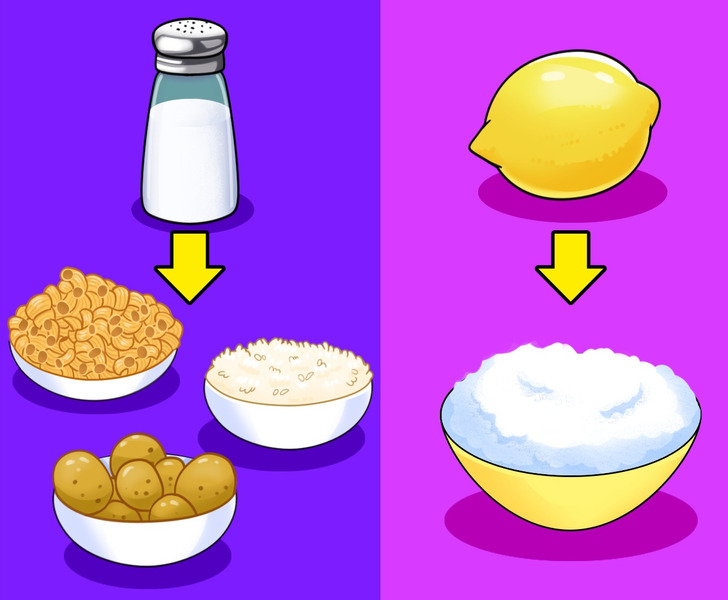
- If it’s too salty, you can add an acidic ingredient or stir in a pinch of sugar to cut the saltiness in liquid dishes. Another solution is to toss in extra veggies, noodles, rice, or other grains to bulk out a recipe. Also, you can add a single potato to a dish just to absorb excess salt, but don’t forget to remove it before serving.
- If it’s too acidic, you can still balance out the flavor: try to stir in a pinch of baking soda or whisk in a pinch of sugar.